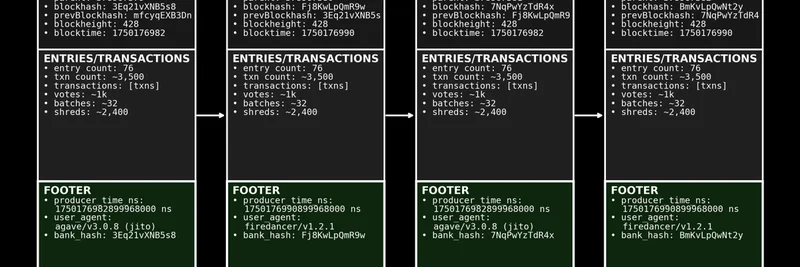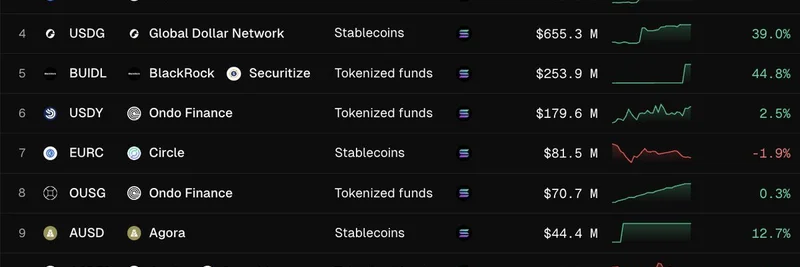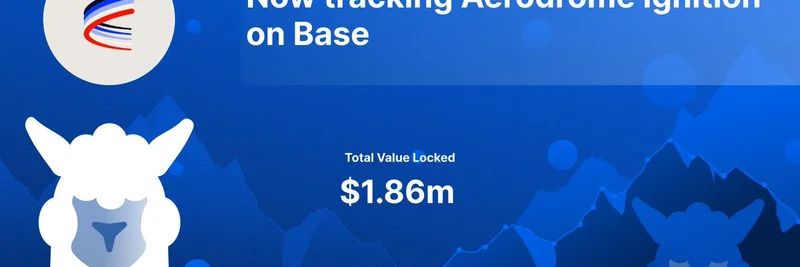Hey there, blockchain enthusiasts! If you're deep into the Solana ecosystem—like many of us here at Meme Insider who track how tech upgrades impact meme tokens—you'll want to pay attention to this latest development. Anza, the team behind the Agave client for Solana, just dropped a thread on X about SIMD-0307, a proposal cooked up by Jump's Firedancer team. This one's all about adding a "block footer" to every Solana block, and it could make a real difference in how we understand and optimize the network.
What's SIMD-0307 All About?
SIMD stands for Solana Improvement Document, basically a formal way to suggest and discuss upgrades to the Solana protocol. This particular proposal, SIMD-0307, aims to tack on a small section at the end of each block—called a footer—that holds key info about who produced the block and when. Right now, that kind of data is either tucked away in temporary gossip messages or pulled from vote timestamps that are only accurate to the second. Not ideal for a high-speed chain like Solana, where every millisecond counts.
The idea is to make this metadata permanent and on-chain, so anyone can look back and see the exact details without relying on off-chain sources. It's a step toward more reliable historical data, which is huge for developers, validators, and even traders in the meme token space who need the network to run smoothly.
Why Do We Need Block Footers?
Picture this: You're analyzing past blocks to tune your validator or debug a performance issue. Today, figuring out who built a specific block involves piecing together fleeting network gossip or those rough 1-second vote timestamps. It's not precise, and it's not stored directly on the blockchain. SIMD-0307 fixes that by embedding the info right into the block itself.
This isn't just tech jargon—better transparency means a healthier network. For meme token projects on Solana, which often rely on lightning-fast transactions during pumps or launches, improvements like this could indirectly boost reliability and reduce downtime risks. Plus, with Solana's ecosystem buzzing with meme coins, any upgrade that helps validators perform better is a win for everyone.
What's Inside the Footer?
The proposal keeps it simple with just two fields to start:
Block Producer Timestamp: A super-precise nanosecond-level timestamp marking when the leader (the validator in charge) started building the block. No more guessing games with second-granularity votes.
User Agent String: This identifies the validator's client software, like "Agave/v3.0.8 (jito; double0)" or whatever version of Firedancer or Jito they're running. It could include flags for special features too.
These fields get appended to the end of the block, after all the entries and transactions. And get this: the proposal makes this footer mandatory for all blocks moving forward, ensuring consistency across the network.
The Benefits for Solana Users and Devs
By baking this data into every block, Solana becomes easier to monitor and analyze. Tools like the getBlock RPC method will start exposing these footer fields, letting you query them directly. This opens the door to:
Historical Analysis: Dig into past performance to spot trends or issues.
Performance Tuning: Validators can fine-tune their setups based on real data.
Transparency Boost: Everyone knows exactly who's producing blocks and with what software, fostering trust in the decentralized setup.
For the meme token crowd, this ties into Solana's push for better scalability and speed. Remember, Solana hosts tons of viral meme projects, and upgrades like this help keep the chain competitive against rivals. It's all about making the tech stack more robust so your next meme coin launch doesn't hit snags.
Join the Discussion
If this piques your interest, check out the full SIMD-0307 proposal on GitHub and weigh in. The Solana community thrives on feedback, and who knows—your input could shape the next big update.
You can also read the original thread from Anza on X for a quick breakdown. At Meme Insider, we're keeping tabs on how these tech advancements ripple through the meme token world. Stay tuned for more insights on Solana's evolving landscape!




